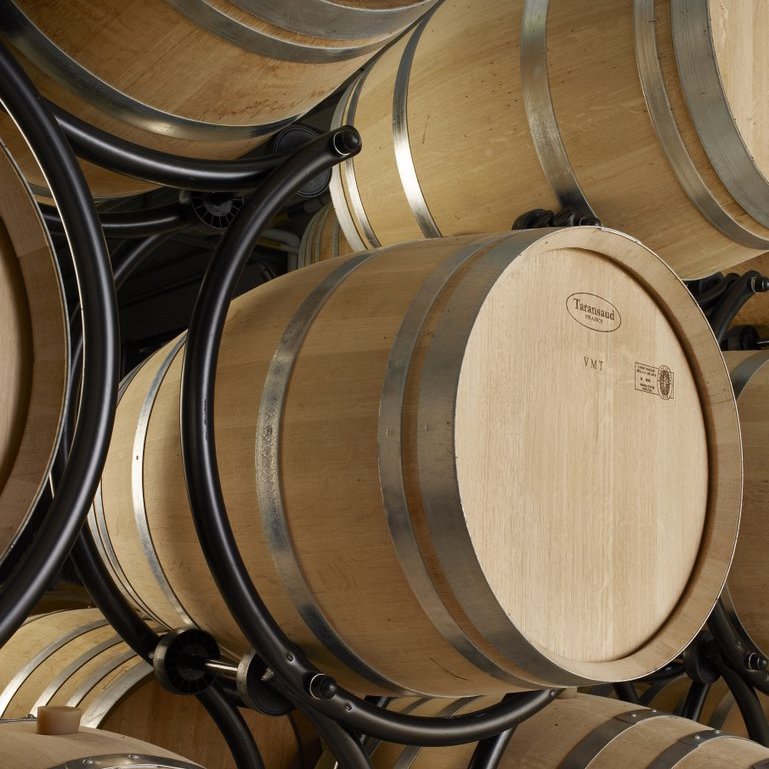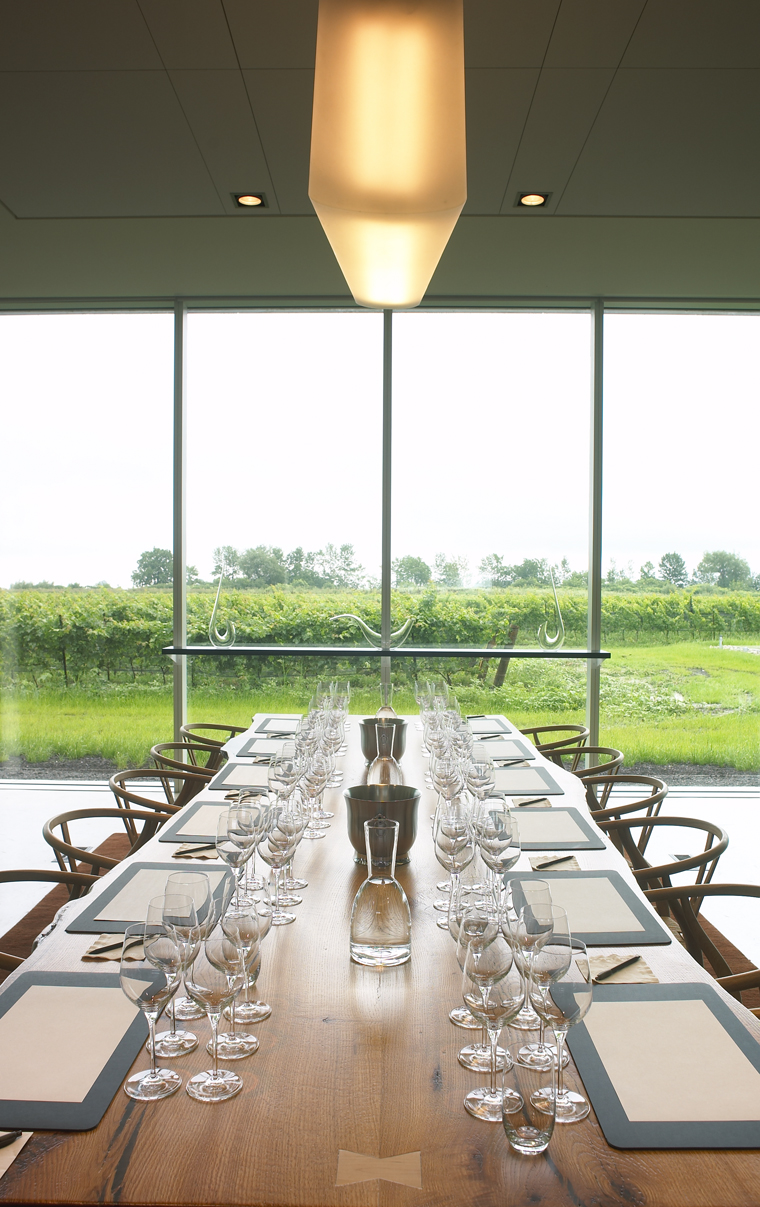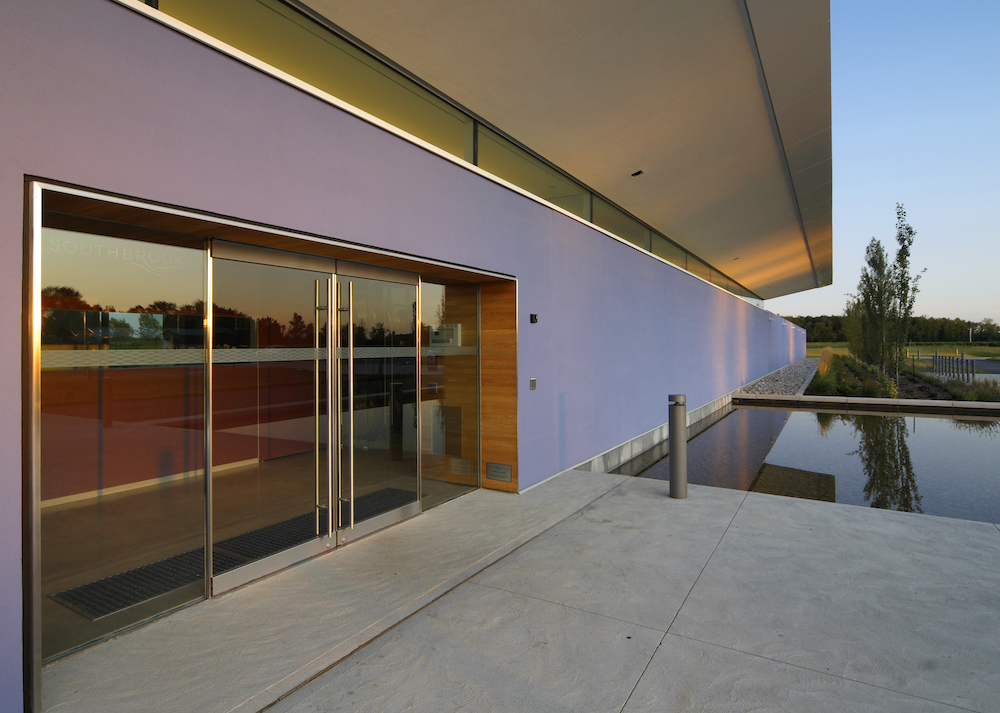Leed® Certification
Our LEED® design initiatives go deep: Sustainable development of the site, efficient use of water, reduced energy consumption, responsible use of materials and resources, as well as improved quality of the indoor environment.
Why LEED®?
Leadership in Energy and Environmental Design (LEED®) is a green building rating system. It promotes global adoption of green building and development practices through the implementation of universal performance criteria. It is administered in Canada by the Canada Green Building Council (CaGBC).
A Hospitality Pavilion Made of Gold
You could say we went nuts. We have building design features to keep heat and cold where they belong – including insulating glass, deep roof overhangs and roof design to counter the heat sink effect. Our product sources and construction called for a high level of local and recycled materials, along with an extensive program that separated construction waste to maximize recycling and minimize trips to the landfill. These and other efforts earned Southbrook LEED® Gold certification.



Other Footprint-Shrinking Measures
When it came to finishing the interiors of our new winery and pavilion we selected low VOC materials (those with minimal off-gassing of toxic fumes) to improve interior air quality. We enjoy 95% natural daylight at all our work areas as a means to use less electricity. Even our cleaning products are green.
Southbrook doesn’t use any irrigation for outdoor landscaping. We treat wastewater through an onsite wetland filtration system. Effluent goes through a series of cells containing plants, bacteria and sand beds that break down organic solids and purify the remaining water.
Few Stones Left Unturned
Our main building has a white reflective PVC roof to reduce heat radiation into and off the building. Outdoor lighting shines downwards, reducing night-sky light pollution.
For our buildings, 15% of construction materials came from recycled resources. This included steel re-bar, concrete and carpeting. Some 20% of construction materials were manufactured within 800 km of the site, and all excavated soil was reused elsewhere on the property.
